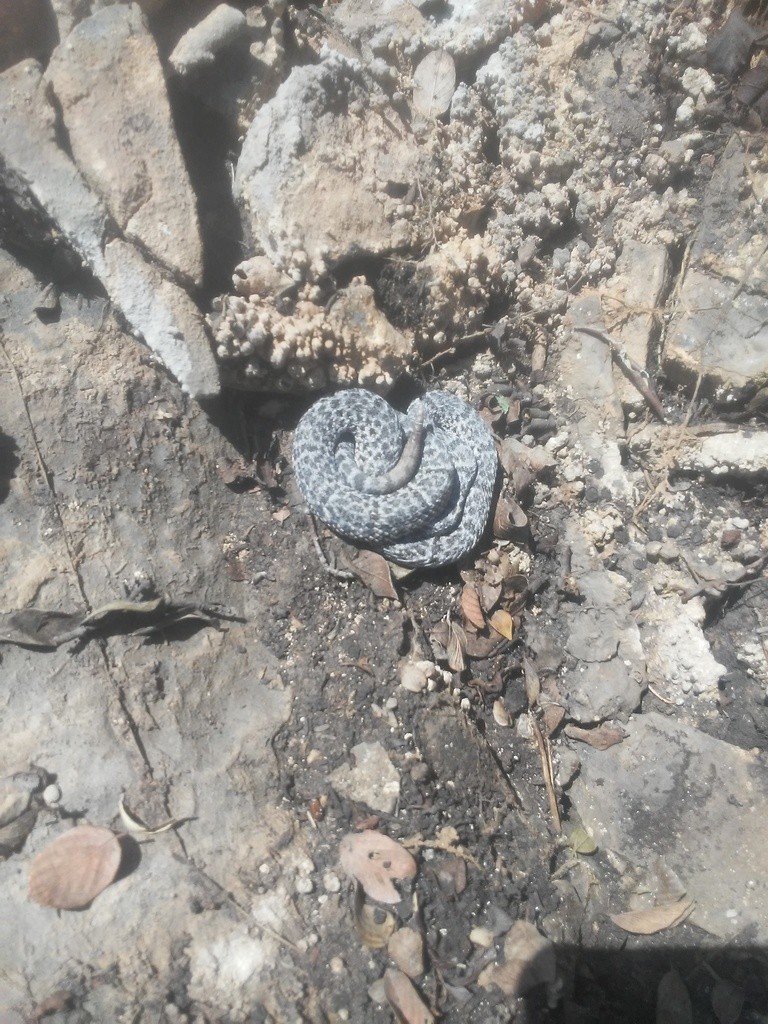Tamaulipan rock rattlesnake
A species of Rattlesnakes Scientific name : Crotalus lepidus morulus Genus : Rattlesnakes
Tamaulipan rock rattlesnake, A species of Rattlesnakes
Scientific name: Crotalus lepidus morulus
Genus: Rattlesnakes
Content
Description General Info
 Photo By robertogarciab , used under CC-BY-NC-4.0 /Cropped and compressed from original
Photo By robertogarciab , used under CC-BY-NC-4.0 /Cropped and compressed from original Description
Tamaulipan rock rattlesnake demonstrates an intriguing behavior called 'tail luring', which involves moving its tail tip in evidently prey-attracting ways when hunting. As a nocturnal and terrestrial species, tamaulipan rock rattlesnake inhabits primarily rocky areas in semi-deserts and slopes, greatly contributing to controlling rodent populations in these ecosystems through predation.
General Info
Lifespan
15-20 years
Diet
Tamaulipan rock rattlesnake predominantly feeds on small mammals, particularly rodents and occasionally small rabbits. It employs a sit-and-wait hunting strategy, targeting prey mainly by scent and heat radiation.
Appearance
Tamaulipan rock rattlesnake is a medium-sized snake with dense scales on its body. It bears a dominantly dark-brown color with irregular cream to white bands across its body, resembling a ladder pattern. This snake is renowned for its triangular-shaped head, distinguished by a set of horizontal pits between the eyes and nostrils. Its stout body leads to a short, compact tail, ending with a rattle.
Behavior
Tamaulipan rock rattlesnake is primarily nocturnal, employing stealthy tactics for hunting, well-suited for its rocky desert habitat. Its solitary nature becomes strikingly evident during mating season, as males exhibit fierce territorial traits. Producing potent venom, tamaulipan rock rattlesnake uses this as a primary defense and predation strategy, adding a further distinctiveness to its repertoire of behaviors.
Scientific Classification
Phylum
Chordates Class
Reptiles Order
Lizards and snakes Family
Vipers Genus
Rattlesnakes Species
Tamaulipan rock rattlesnake